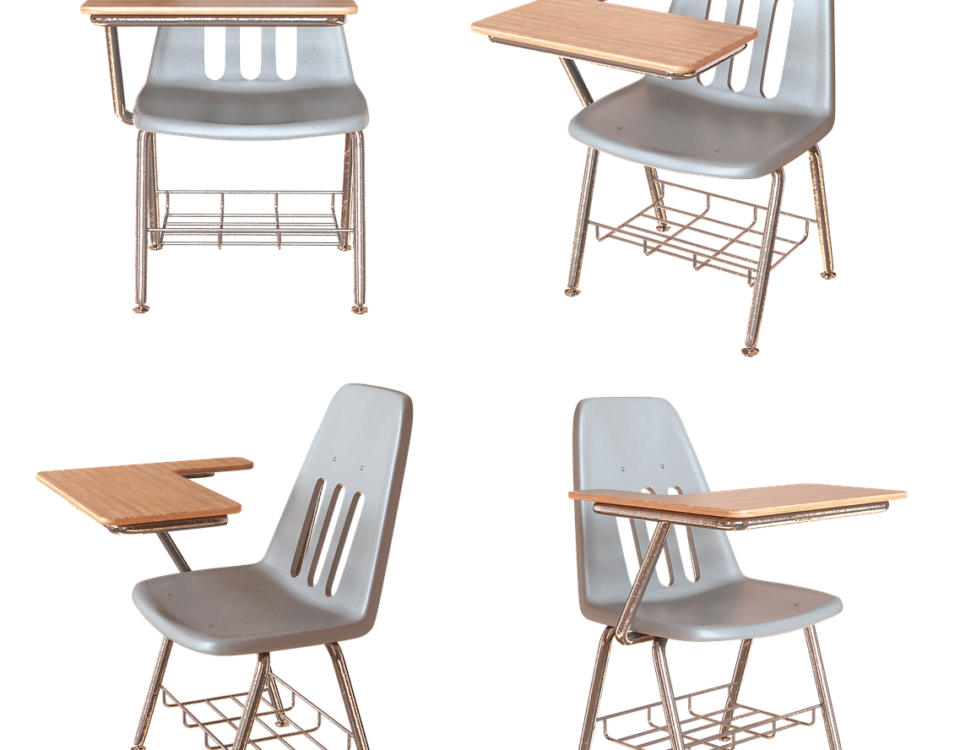Differences Between the Air-Pressure Jet Solidification (AJS) System and Traditional FDM

Characteristics of the Air-Pressure Jet Solidification (AJS) Rapid Prototyping System
February 14, 2025
3D Printing Rapid Prototyping and Other Rapid Prototyping Technologies
February 15, 2025The Air-Pressure Jet Solidification (AJS) system is a relatively new development in rapid prototyping technology, and it offers several key differences when compared to the traditional Fused Deposition Modeling (FDM) system. These differences primarily relate to the materials used, the control of the extrusion process, and the efficiency of the system. Below, we will explore the main distinctions between the AJS system and traditional FDM technology.
1) Material Handling and Preparation
In traditional FDM (Fused Deposition Modeling), the system typically uses low-melting-point filament materials, such as wax or ABS plastic, which are extruded through a heated nozzle. However, using high-melting-point thermoplastic composites or materials that are difficult to process into filament form, such as EVA (Ethylene Vinyl Acetate), can be challenging in FDM systems. In contrast, the AJS system does not require the production of filament material. Instead, thermoplastic materials can be directly poured into the spray head chamber, where they are heated to a molten extrusion state. This feature eliminates the need for the specialized filament extrusion process, which simplifies production and increases efficiency.
By removing the requirement for filament preparation, the AJS system expands the range of materials that can be used and streamlines the manufacturing process. This is a significant advantage for industries that need to work with high-performance thermoplastics or other complex materials that are difficult to process into filament form.
2) Air Pressure Control for Consistent Extrusion
The AJS system uses an air compressor that can provide a pressure range of up to 1 MPa (megapascal) to control the extrusion process. The ability to accurately control the air pressure ensures that the compressed air entering the heating chamber is maintained at a constant level. This pressure control can be adjusted based on the material being used, as different materials may require different pressure settings for optimal extrusion.
This system offers several advantages over traditional FDM machines, where the extrusion process relies on mechanical pushers or motors to feed the filament into the nozzle. The AJS air pressure system provides more stable and reliable pressure control, reducing the mechanical complexity of the system and lowering operational costs. As a result, the AJS system is not only simpler but also more cost-effective when compared to traditional systems that require more intricate and expensive parts for filament handling.
3) Improved Extrusion and Precision Control
In traditional FDM systems, the feeding mechanism plays a crucial role in delivering filament to the print nozzle. Typically, FDM machines use a motor-driven feeding system that involves rollers pushing the filament forward. This system, which combines push and pull mechanisms, works similarly to a piston. However, due to the repetitive motion of the feeding rollers, the extrusion process can be inconsistent. This inconsistency, along with the vibrations caused by the movement of the feeding mechanism, can impact the precision of the nozzle positioning and the quality of the print.
The AJS system, by contrast, eliminates the need for a feeding mechanism altogether. Instead, the system uses air pressure to push the molten material through the nozzle. The absence of the feeding rollers makes the spray head lighter and reduces mechanical vibrations, resulting in more accurate deposition of material. This leads to improved precision and higher-quality prints, especially when working on fine details or intricate geometries.
Conclusion
While both the Air-Pressure Jet Solidification (AJS) system and traditional Fused Deposition Modeling (FDM) systems are widely used for rapid prototyping, the AJS system offers several advantages in terms of material handling, extrusion control, and overall precision. By eliminating the need for filament production, offering precise air pressure control, and reducing mechanical complexity, the AJS system presents a more efficient and cost-effective alternative to traditional FDM technology.
As industries continue to explore new applications for 3D printing, the AJS system’s unique features make it an appealing choice for users looking to work with a broader range of materials, achieve higher precision, and streamline their prototyping workflows.


